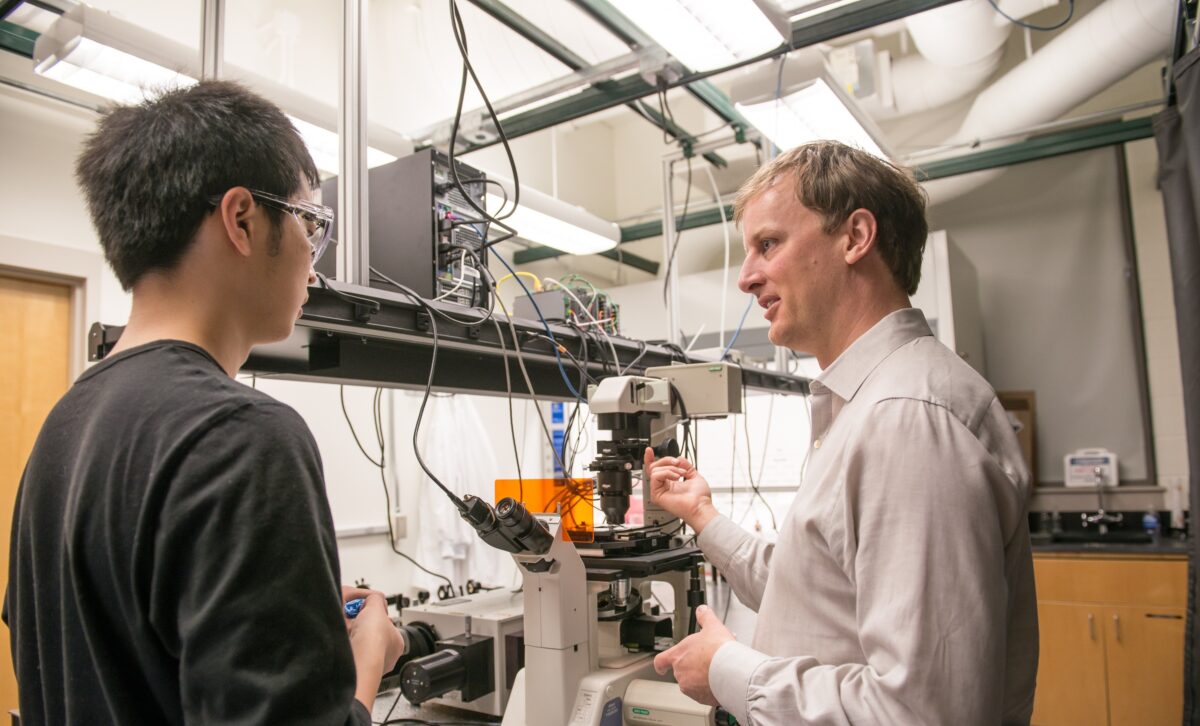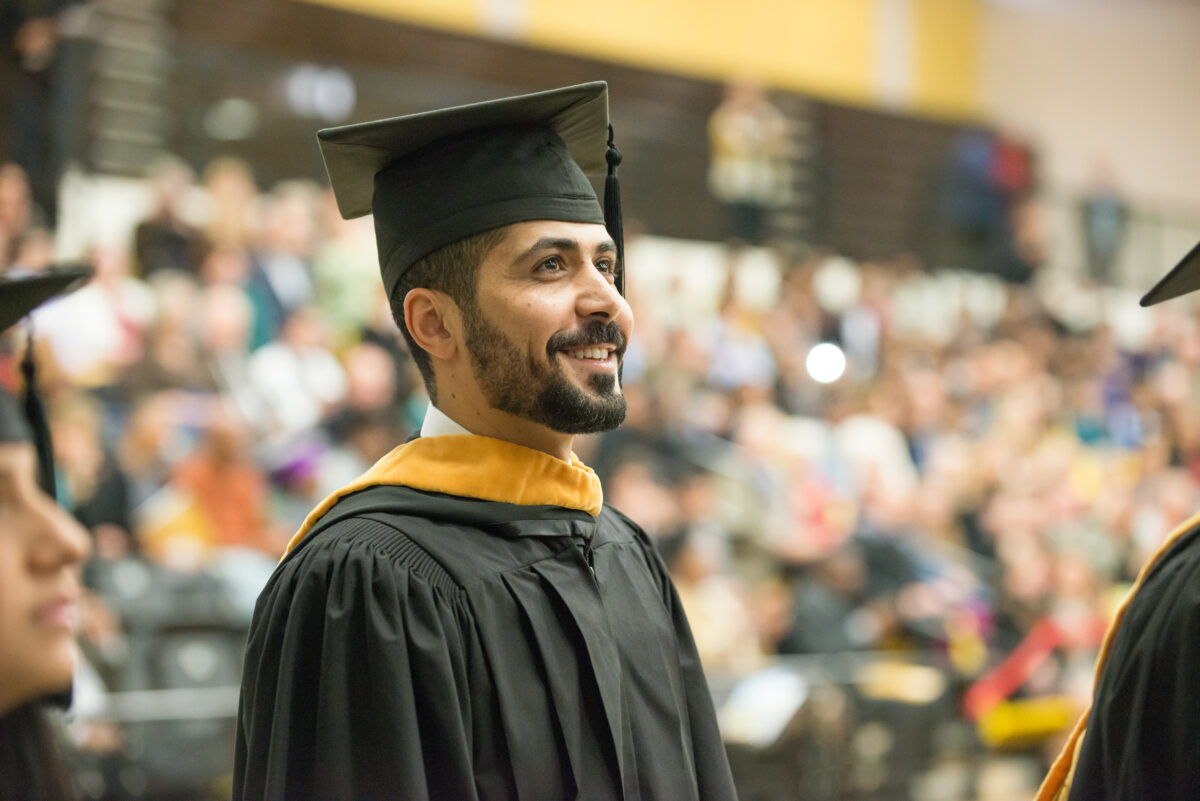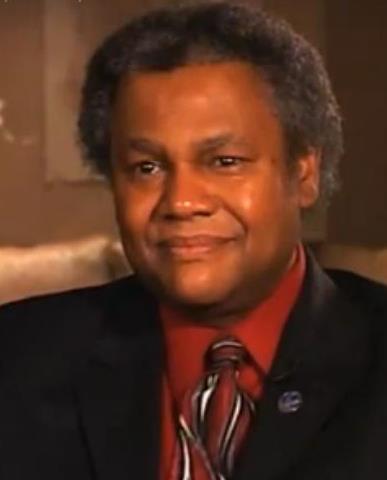What do you need to do to put up offshore wind turbines? You need to know where the wind is. That’s what Ruben Delgado, a faculty research assistant in UMBC’s Joint Center for Earth Systems Technology (JCET), is working on. Timothy Wheeler at the Baltimore Sun wrote: “Also aboard are scientists from the University of Maryland, Baltimore County, who are gathering data on atmospheric conditions and winds high above the water, where the giant turbine blades will be. Ruben Delgado, a faculty research assistant at UMBC, said the data gathered using remote sensing gear on board as well as old-fashioned… Continue Reading Ruben Delgado, JCET, in the Baltimore Sun








